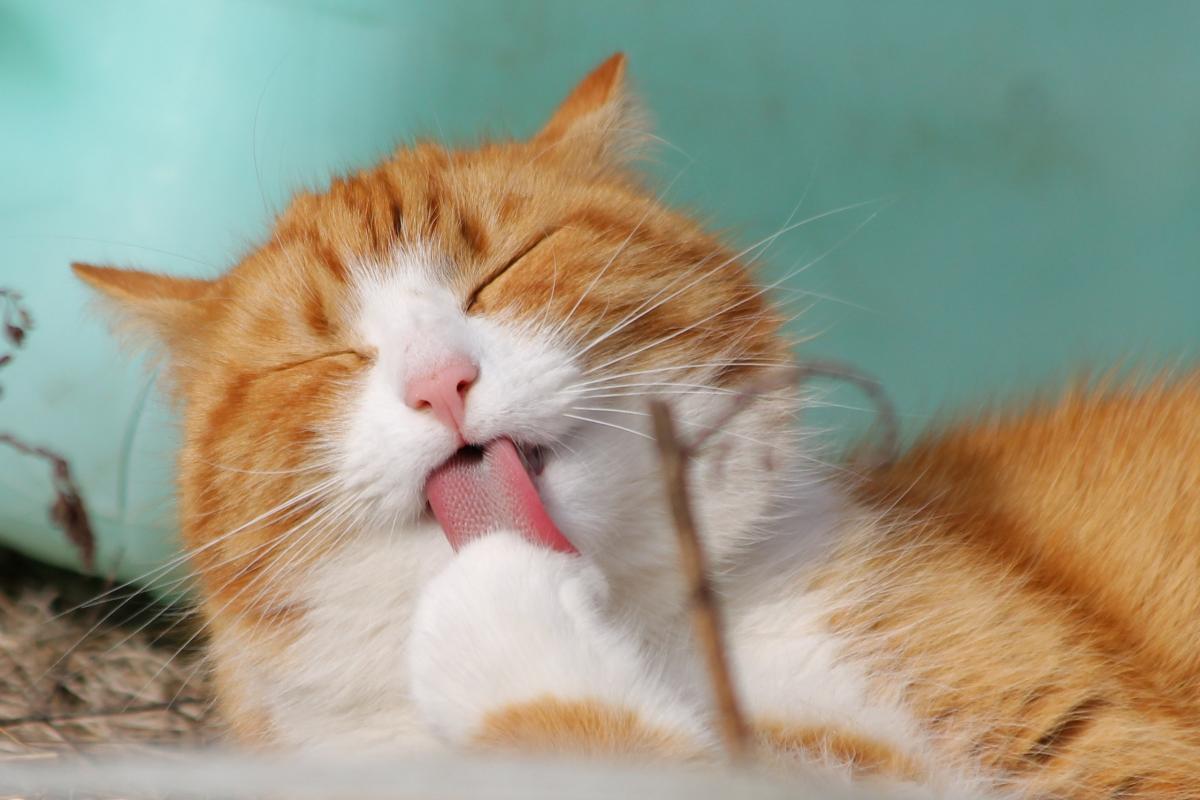Animal Behavior Journal

When my son moved from a traditional school setting to learning from home, one question I needed to answer was, “How can I make his time at home educational?”
My son is not as hands-on as I am with animals, but he likes to observe my daily husbandry routine with my reptile collection at home. He asks questions about what he sees me doing, and at times even participates. Due to his interest, I had him start writing down what animal behaviors he noticed. Even though applied animal behavior can be complex, it can be made into a simple activity. Having a child watch and document an animal’s behavior is a good starting point for parents and caregivers wanting to try observation-based learning. Behavior is anything an animal does in response to its environment. Examples of behavior to have a child record include: eating, drinking, sleeping, playing, exploring, and interactions with other animals and people.
Objectives Of Observation-Based Animal Behavior
Observing animals can help nurture cognitive development in children. When watching animals, questions naturally occur: “How does a snake move like that? What does this snake eat?” These types of questions form a basis of inquiry which leads to additional discovery and learning.
This activity also teaches the value of nature and the importance of taking care of animals. For example, a child observing a family member feeding and caring for an animal’s needs, instills a sense of responsibility and respect for life. The animal being observed can be a family pet, or animals that are around your home or neighborhood. Observations can be written on a piece of paper, in a notebook or digital journal. Here is a journal template that can be printed at home to write down or draw animal behaviors that are observed.
Don’t Be Afraid To Participate!
- Adults can help facilitate the activity by pointing out some behaviors and asking questions. For example, “What else do you see or notice the animal doing?”
- One can also learn something new about an animals’ behavior by asking questions that can be answered through observation. Using any behavior that the child has observed, write down some questions about their animal(s).
- Try to make the questions interesting and measurable. For example, “How much time does the cat spend eating? How much time does it spend sleeping?” instead of “Do cats like eating more than they like sleeping?” While we cannot tell whether a cat “likes” to eat more than sleep, you can observe and measure that it spends seventeen hours or more a day sleeping.
- Children can also make predictions related to their observations. Such as, “I think cats spend more time sleeping than they do eating because…”
Have fun discovering different behaviors with different animals!
Additional Resources
- American Academy of Child & Adolescent Psychiatry: Pets and Children
- The Power of Pets; Health Benefits of Human-Animal Interactions

